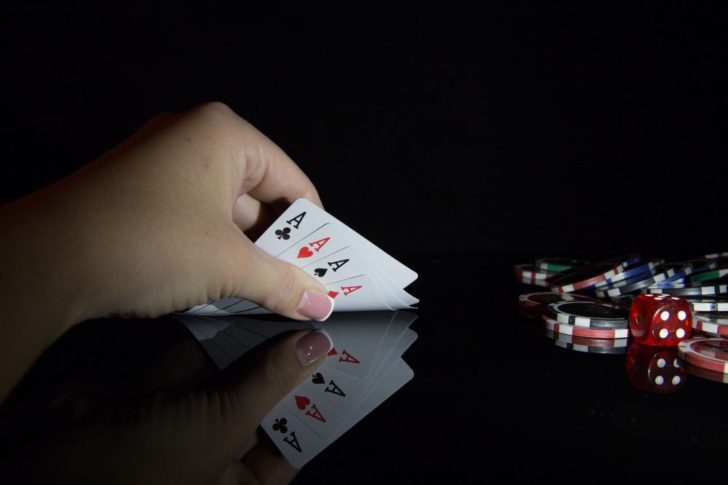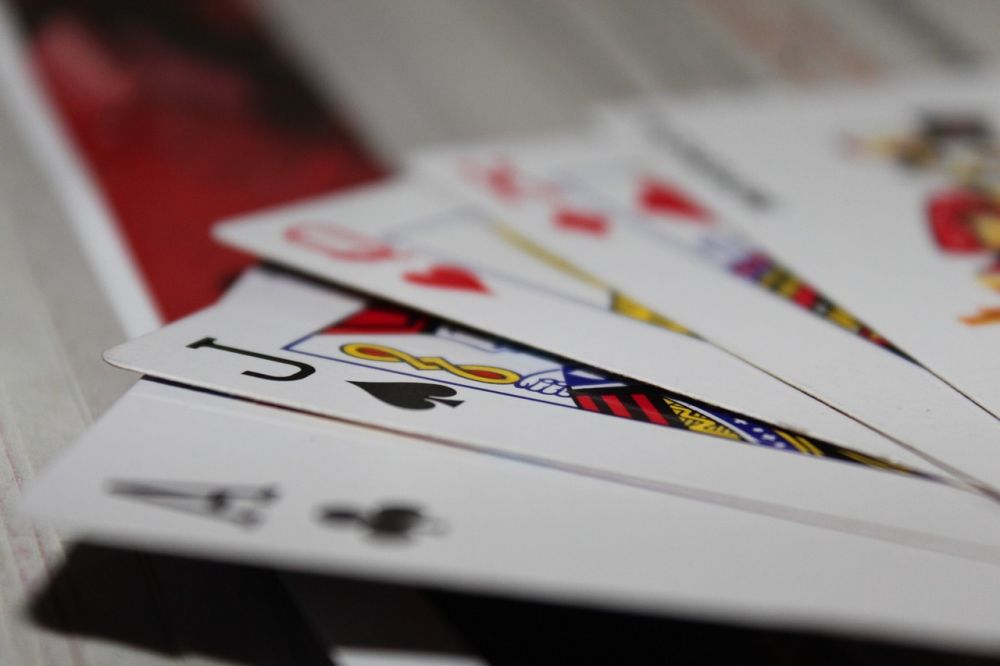Counting cards in blackjack is a popular strategy used by skilled players to gain an edge over the house

This technique involves keeping track of the cards that have been dealt and using that information to make informed bets and strategic decisions. In this article, we will explore the ins and outs of counting cards in blackjack, from its historical roots to its importance in modern casino gameplay.
Introduction to Counting Cards in Blackjack
Counting cards in blackjack is a method used by players to determine the probability of the next card being high or low. By keeping track of the cards that have already been played, players can adjust their betting and playing strategies accordingly. This technique is based on the principle that certain cards are more advantageous to the player, such as high-value cards like aces and tens. By tracking the ratio of high-value cards remaining to low-value cards, players can make better decisions on when to increase or decrease their bets.
Understanding the Basics of Card Counting

Before diving into the history and evolution of card counting, it is crucial to understand the basic principles behind this strategy. In a standard deck of 52 cards, there are four suits (hearts, diamonds, clubs, and spades) and 13 ranks (Ace, 2-10, and face cards). Each card has a specific value in blackjack: Aces can be counted as either 1 or 11, face cards (King, Queen, and Jack) have a value of 10, and the rest of the cards retain their face value (e.g., 2 has a value of 2).
The aim of card counting is to keep track of the ratio of high-value cards to low-value cards remaining in the deck or shoe. Positive counts indicate a higher proportion of high-value cards remaining, increasing the player’s chances of getting a blackjack, while negative counts indicate the opposite. By adjusting their bets and playing decisions based on the count, players can improve their odds of winning.
The History of Card Counting in Blackjack
Card counting in blackjack has a rich and intriguing history. Although the exact origin is uncertain, it is believed to have originated in the early 1960s when mathematician Edward O. Thorp published his groundbreaking book, Beat the Dealer. Thorp’s book introduced the concept of card counting and provided readers with a detailed strategy for gaining an edge in blackjack.
Thorp’s work laid the foundation for card counting and sparked widespread interest in the technique. Many players began practicing and refining their own card counting methods, leading to a surge in popularity during the 1970s and 1980s. During this time, several successful card counters, such as the infamous MIT Blackjack Team, were able to consistently beat the casinos and win substantial amounts of money.
As casinos caught wind of the card counting phenomenon, they implemented countermeasures to deter skilled players. Measures such as increasing the number of decks used, shuffling more frequently, and even banning suspected card counters have made it increasingly challenging to employ this strategy effectively. However, card counting still holds relevance in modern casino gameplay, and skilled players can still gain an edge if they master this technique.
The Importance of Card Counting in Blackjack
Counting cards in blackjack is not an easy skill to acquire, but it can significantly improve a player’s chances of winning. It allows players to make more informed decisions based on the cards that have already been dealt, guiding them on when to hit, stand, double down, or split their hand. By incorporating card counting into their gameplay, players can reduce the house edge and increase their overall profitability.
However, it is essential to note that card counting is not a guaranteed method for winning. It simply provides players with a statistical advantage that can tilt the odds in their favor. Professional card counters invest significant time and effort in perfecting their skills, and even then, they must carefully manage their bets and avoid drawing attention from casino staff.
In conclusion, counting cards in blackjack is a fascinating strategy that has evolved over time. From its humble beginnings with Edward O. Thorp’s groundbreaking book to its relevance in modern casino gameplay, card counting continues to captivate players worldwide. While it is not a guaranteed path to riches, mastering this technique can provide skilled players with an edge and enhance their overall gambling experience. So, if you’re someone interested in casino games and looking to improve your blackjack skills, delving into the world of card counting may be worth exploring.
FAQ
How does card counting work?
Is card counting illegal?
What is card counting in blackjack?
Flere Nyheder
Indbegrebet af Spænding og Underholdning: Casino
This technique involves keeping track of the cards that have been dealt and using that information to make informed bets and strategic decisions. In this article, we will explore the ins and outs of counting cards in blackjack, from its historical ro...
04 august 2024
Spilleautomater gratis for sjov: En dybdegående undersøgelse af casinospillets hjørnesten
This technique involves keeping track of the cards that have been dealt and using that information to make informed bets and strategic decisions. In this article, we will explore the ins and outs of counting cards in blackjack, from its historical ro...
18 januar 2024
Gratis spilleautomater (også kendt som online slots eller video slots) er en populær form for underholdning inden for casino og spil
This technique involves keeping track of the cards that have been dealt and using that information to make informed bets and strategic decisions. In this article, we will explore the ins and outs of counting cards in blackjack, from its historical ro...
18 januar 2024
Spillemaskiner Gratis: En Dybdegående Guide til Casino Spil
This technique involves keeping track of the cards that have been dealt and using that information to make informed bets and strategic decisions. In this article, we will explore the ins and outs of counting cards in blackjack, from its historical ro...
18 januar 2024











